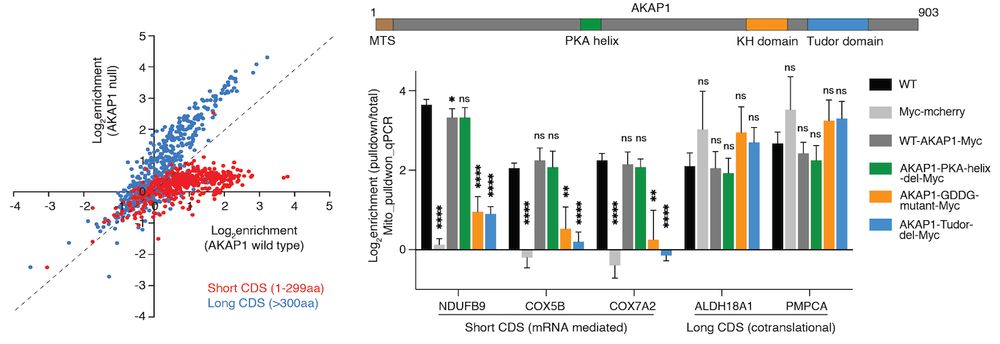Posts
Media
Videos
Starter Packs
Pinned
Jingchuan Luo
@jingchuanluo.bsky.social
· Aug 27
Jingchuan Luo
@jingchuanluo.bsky.social
· Aug 27
Jingchuan Luo
@jingchuanluo.bsky.social
· Aug 27
Jingchuan Luo
@jingchuanluo.bsky.social
· Aug 27
Jingchuan Luo
@jingchuanluo.bsky.social
· Aug 27















